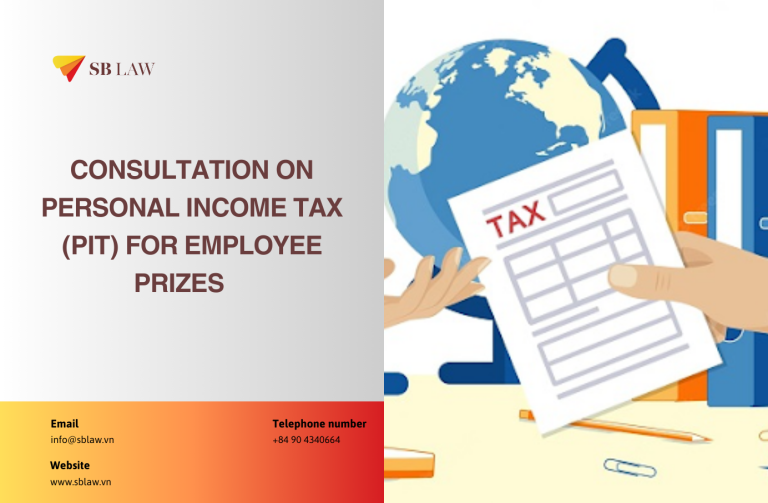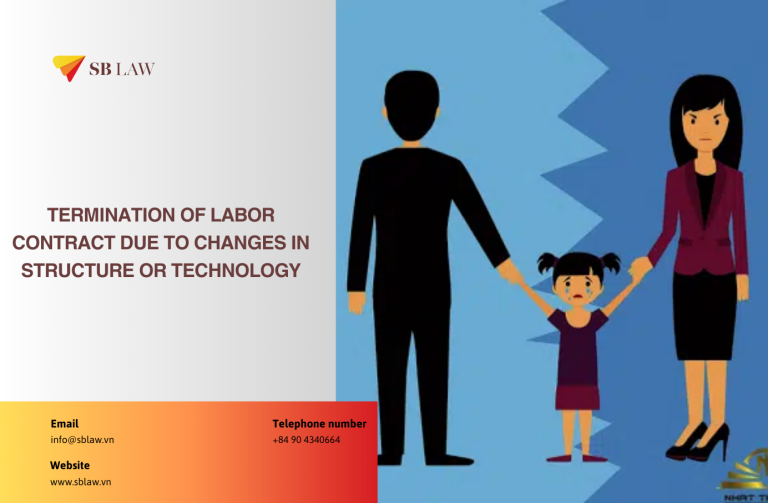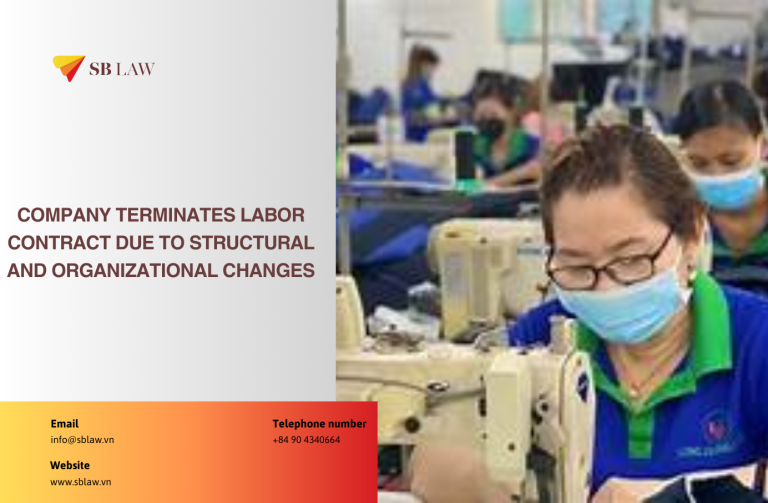Employee X terminated their employment contract with our company at the end of December 2023. Employee X has since entered into an employment contract with another company. However, Employee X has continued to work for our company but has ceased contributing to social insurance under our company since January 2024 until now.
Employee X has only signed the audit reports for the years 2023 and 2024.
What procedures should we follow to legalize this arrangement and mitigate legal risks?

Answer:
Pursuant to Clause 4, Article 85 of the 2014 Law on Social Insurance, an employee who has signed employment contracts with multiple employers is only required to contribute social insurance based on the first employment contract.
According to the information provided, Employee X is currently working at the company while also having signed an employment contract and contributing social insurance at another company.
To formalize this arrangement, the company should enter into an employment contract with Employee X. However, it is essential to ensure that the contract is signed only after the effective date of Employee X’s employment contract with the company where they are currently contributing social insurance.




